This site is part of various affiliate programs. Links may give us a small compensation for any purchases you make, at no additional cost to you. Please read the disclaimer policy for full details.
There are a lot of DSLR companies and branded cameras on the market, so how do you know which digital camera brands are the best camera brands?
This article has a quick reference camera brands list below of the top 10 camera brands on the market today, along with a more detailed list of camera companies, so you can see why the best camera company is considered the best.
Unsurprisingly, the best DSLR companies today are Canon and Nikon, with Sony and smaller companies like Fujifilm pushing the old guard to innovate with mirrorless cameras and four thirds line ups.
Camera Brands List – Top Camera Brands
This is the top ten digital camera brands today:
- Canon
- Nikon
- Sony
- Fujifilm
- Panasonic
- Olympus
- Leica
- Pentax
- Kodak
- GoPro
What is the Best Camera Brand Today?
The best camera brand for photography today is between Canon, Nikon, Sony and Fujifilm for most people, but this does depend on your specific needs and wants. But cameras from these brands cover pretty much every photography situation you could find yourself in.
This is the full camera brand comparison of the classic camera brands, plus all of smaller players in the market today.
Let’s start with the camera top brands:
1. Canon

For my money, Canon remains the best quality camera brand, producing high quality cameras across DSLRs, mirrorless and compact cameras, for professional use down to beginner vlogging use.
They are particularly well known and favored for their DSLRs, with an excellent DSLR lineup for beginners, and a wide range of lenses across both full format and APS-C cameras.
Canon are responsible for a number of firsts in camera development, such as the introduction of the first camera with a microcomputer inside, the Canon AE-1 released in 1976. This used a button battery to power an auto-exposure system that set the aperture for you. A needle visible inside the viewfinder indicated the f/stop selected by the microprocessor, which was something of a revolution at the time, and paved the way for today’s cameras.
Modern Canon cameras, such as the Canon Rebel T8i, are at the pinnacle of development, with dual-pixel autofocus and eye tracking, plus articulated touch screens.
There are also plenty of smaller, mirrorless cameras which are ideal for vloggers, like the Canon PowerShot G7X Mark II, and which are easy to fit in your pocket and carry around all day.
You can expect than Canon will continue to be around the top of the pack for many years to come, as they continue to innovate and push boundaries in the photography space.
2. Nikon
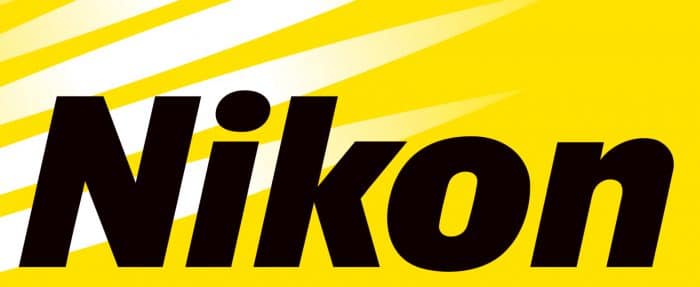
Nikon have traditionally been the main competitor to Canon in both the beginner and pro level space, with adherents on each side willing to say with certainty that the camera company they support is the best.
Like Canon, Nikon has been around for decades and is another of the Japanese camera brands that dominates photography today.
The top-of-the-line DSLRs and mirrorless cameras from Nikon rival anything that Canon produces, generally offering the same level of specifications for a very similar price. If you are already in Nikon’s eco-system of lenses and accessories, then there is really no reason to switch to Canon or any other brand if you are intent on using DSLRs alone, due to their similarities across the board.
Perhaps the only area where Nikon lags Canon is in their autofocus system, which also falls behind that of Sony, and Nikon’s recent lack of investment in mirrorless cameras which has allowed Sony to take the lead in this area.
Still, if you are looking for a beginner DSLR, then there are few better than the Nikon D5600.
3. Sony
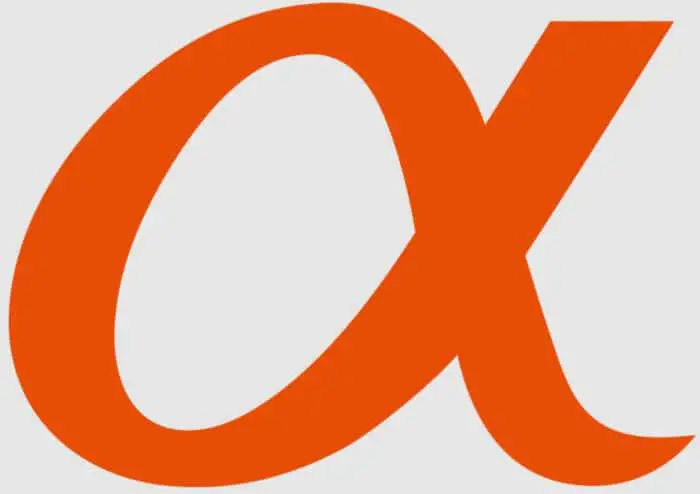
Sony have long focused on mirrorless cameras over DSLRs, and their perseverance shows with their top-of-the-line full frame cameras, like the Sony A7C.
They have only been making cameras for around thirty years, primarily being an electronics company before that, with the acquisition of Minolta in 2006 the driving force to push Sony more fully into the photography world.
The real advantage that Sony has over its rivals is the production of high quality sensors, which are used in most of the world’s smartphones, as well as in some Fujifilm, Nikon and Panasonic cameras!
Because the sensor division is so advanced, Sony has a real advantage with mirrorless cameras, and with their associated phase-detection autofocus systems, which rely on the sensor output.
In addition to having perhaps the best autofocus on the market, low light performance is also excellent on the Sony Alpha cameras, making them a very strong choice for night photography.
4. Fujifilm

Fujifilm are one of the oldest photography companies, being particularly prominent in the days of film photography, although they took the foot off the gas once digital photography became a bigger deal.
They have been recently pushing their smaller, APS-C cameras though, and are even now offering medium format cameras.
Many professionals have made the switch to Fuji because of their colors and general image ‘feel’, which benefit from Fuji’s devotion to internal software architecture of their cameras. The company sends out firmware updates to its cameras, even several years after its release. It is unusual to find such support in today’s world.
Fuji also tend to create cameras with more retro aesthetics and features that other companies steer clear of, such as mechanical dials, although they are as advanced as any internally.
Many photographers are very happy with the Fujifilm X-T5, which has become one of the most popular and best selling APS-C cameras of recent years.
5. Panasonic

Panasonic make excellent specialist professional slow motion cameras, and produce some of the best cheap cameras around if you are on a strict budget.
They are known for their Lumix range of cameras in particular, such as the Lumix S5, which amazingly for a consumer camera, has the ability to shoot at up to 60 fps in 4K.
Video production is at the heart of Panasonic’s recent cameras, although as one of the developers of the micro four thirds system, they are also still very much a player in that end of the market.
6. Olympus

As a decades old company that originally developed the four thirds system with Kodak, and then developed this further into the micro four thirds with Panasonic, Olympus were one of the most innovative photography companies around, although a lack of investment in recent years means that their camera offerings number only a few types.
But if you are interested in micro four thirds cameras, then you cannot go wrong with Olympus. Their top model is currently the Olympus OM-D E-M1.
7. Leica
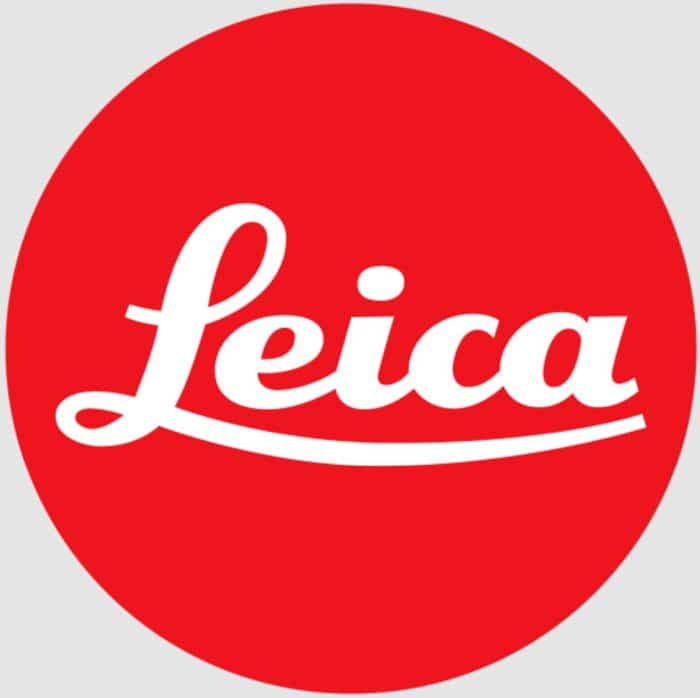
Leica, one of the German digital camera brands, is probably the oldest camera company currently still producing models, dating back well into the 19th Century. Although they were a major company during the days of film, they have got left behind when it comes to digital, and are now focusing on a smaller number of premium digital cameras, rather than trying to compete with Canon, Nikon and the like on entry-level devices.
Leica features an L-mount system, which can use lenses manufactured both by them, and by Sigma and Panasonic, which does help the overall lack of lenses that Leica produces.
Nonetheless, the price of Leica cameras tends to be more for the brand name than the technology, and there are many better manufacturers around.
8. Pentax

Pentax is a hundred-year-old company that is largely refusing to join the mirrorless revolution and is instead sticking with what it knows – DSLRs.
Pentax have some very good offerings in the K-1 full frame DSLR, and particularly in the Pentax KP, which is one of the top beginner cameras.
Following a merger with Hoya, then Ricoh in 2006 and 2011 respectively, Pentax do not seem to be innovating in the digital camera space, but are still a good first stop for photographers looking to learn how a DSLR operates, with a powerful, yet good value for money camera.
9. Kodak
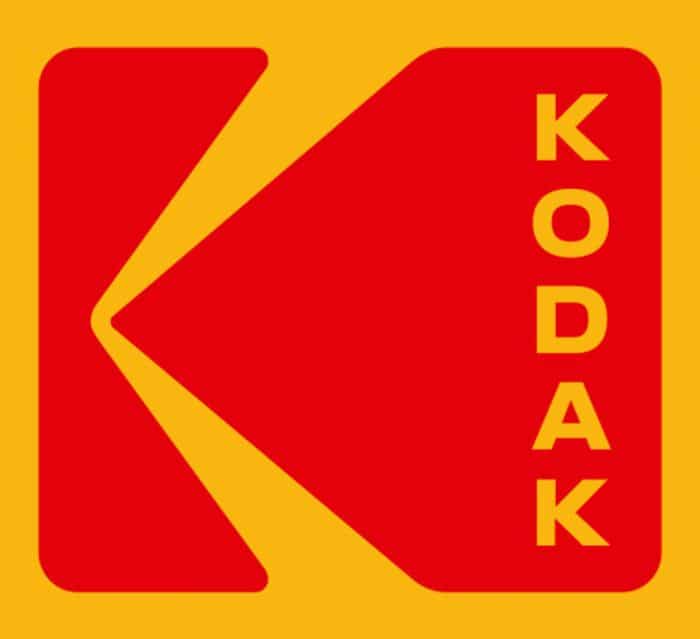
Kodak are largely responsible for creating the modern photography business, although they have since been left by the roadside by more innovative companies.
With financial problems in the early 2000s, Kodak doesn’t create it’s own camera equipment anymore – any Kodak cameras are produced by others and licensed to the Kodak brand – but there are still plenty of excellent models available secondhand through eBay and thrift stores.
10. GoPro

As a manufacturer of action cameras primarily, GoPro have really innovated in this space. As a company, they are only around twenty years old, which has allowed them much more flexibility than some of the more established brands, and makes them the only American camera companies on this list.
GoPro cameras are known for their flexibility, being designed to be easily carried and attached to helmets, bikes, cars and anything that moves, as well as being fully waterproof. They fulfill a specific niche that other camera companies just can’t match, although DJI are fast catching up with their excellent offerings.
What’s the Best Camera?
So, after looking at the camera company list, you might be left wondering what is the best camera in the market.
Of course this depends on lots of factors, like your budget, whether you are more interested in photography or video, portability, lens choices and more.
I have a number of articles on the top cameras for photography, so follow the links below to see which is the best camera for you, in your specific situation.



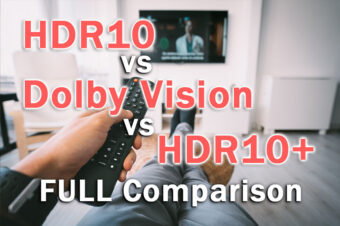

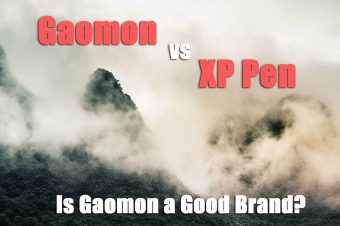
Leave a Reply